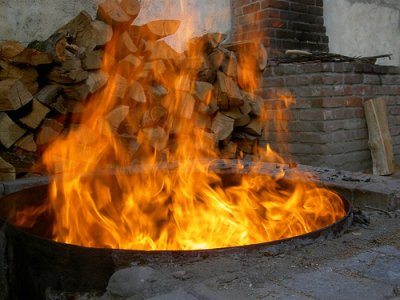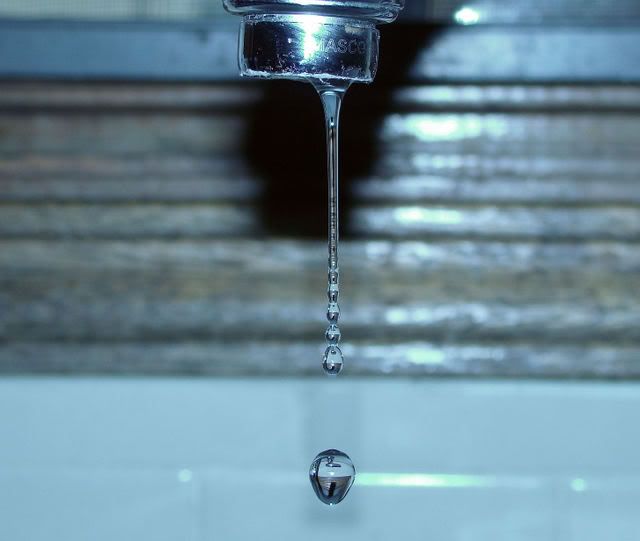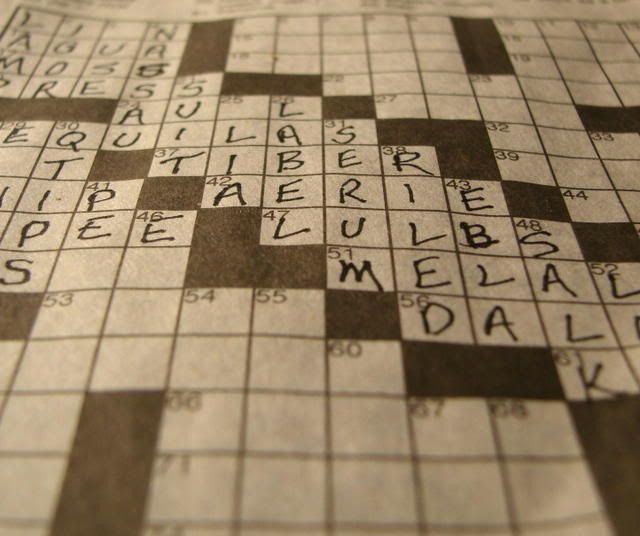JD McGee
somebody shut me the fark up.
You might wanna ping Thawley on this conversation. He's a photography instructor.
Here's a few of my own tips (in text, no photos)
Invest in a tripod. Keeping your camera steady will improve your photos guaranteed. Especially true for indoor still life type photos. Doesn't need to buy an expensive one, either, but it should be stable enough for the size / weight of your camera.
Light your subject as well as you can. If that means turning on room lights, opening drapes for indoor shots, do that. If you're outdoors, sometimes you have the opposite problem and you have too much harsh sunlight creating harsh shadows. Sometimes, shooting outdoors means taking your subject out of direct sunlight.
Learn how to use your flash modes. It's usually AUTO mode, and the camera will decide when the flash goes off. For indoor shots, that's often not wanted, so force the flash OFF. For outdoor shots in harsh sunlight, you want to use "fill flash" to soften the harsh shadows on your subject, so force flash to the ON mode.
Learn about white balance. Shooting under fluorescent light gives your photos a greenish blue tint. Shooting under halogen light gives it an orange tone. Your camera has settings to compensate for these light conditions so your whites show up white, not blue or orange. Even basic digicams have some sort of white balance feature, and it's well worth using.
Thanks for the tips professor...so...what good is the "auto" mode on a point and shoot if it won't do all that stuff (tripod excluded) for you? If I tell my wife I need a fancy dancy camera to take pictures of food she'll just tell me "tain't happenin'":lol: :lol: :lol:
JD









